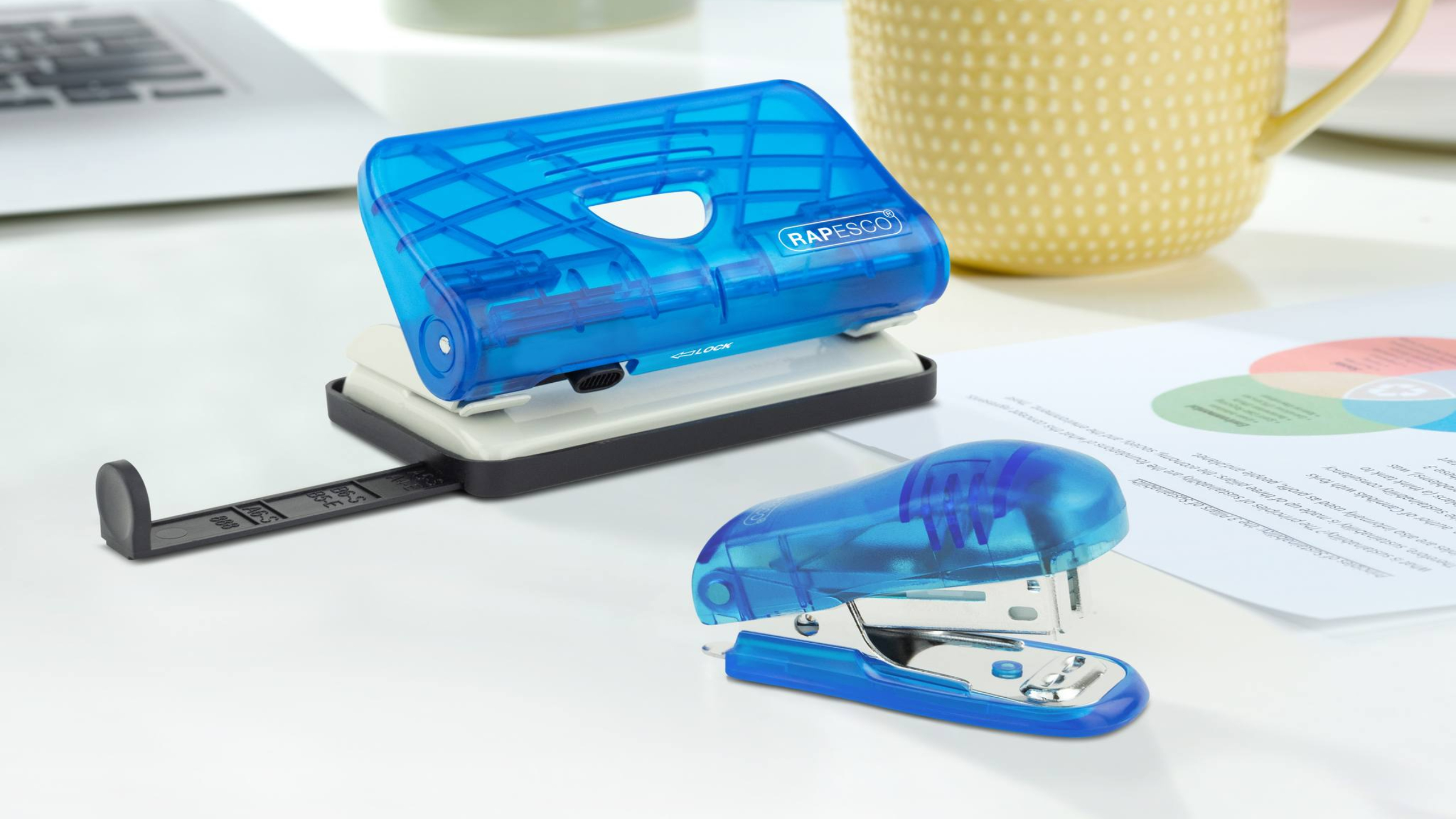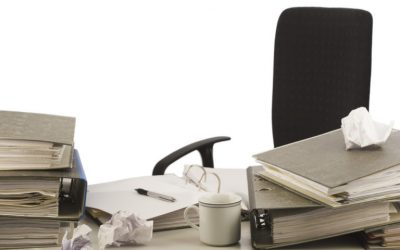Stapling and punching are two essential filing tasks that often go overlooked. However, mastering these skills can significantly improve your productivity and efficiency. In this comprehensive guide, we will delve into the best practices for stapling and punching, ensuring you get the job done right every time.
Stapling: A Step-by-Step Guide
Stapling is a simple yet effective way to secure multiple sheets of paper together. Here’s how to do it correctly:
- Gather your materials: You’ll need a stapler, staples, and the documents you want to staple.
- Align the documents: Ensure the documents are properly aligned and stacked.
- Insert the staples: Place the stapler at the desired location and press down firmly to staple the documents.
- Check the staples: Make sure the staples are secure and not protruding.
Tips for Stapling:
- Choose the right stapler: Select a stapler that is suitable for the thickness of the documents you’ll be stapling.
- Use high-quality staples: Invest in good-quality staples to avoid jams and ensure a secure bond.
- Avoid over stapling: Stapling too many sheets at once can cause the stapler to jam or the staples to break. Remember that you can easily remove any excess staples with a staple remover tool.
- Consider using a stapler with a built-in paper cutter: This can save you time and effort.
Punching: A Precise Art
Punching holes in paper is a common task for binding documents or inserting them into binders. Here’s how to do it correctly:
- Gather your materials: You’ll need a paper puncher, paper, and the desired number of holes.
- Align the paper: Ensure the paper is aligned properly in the puncher.
- Punch the holes: Press down firmly on the puncher to create the holes.
- Check the holes: Make sure the holes are aligned correctly and not too close to the edges of the paper.
Tips for Punching:
- Choose the right puncher: Select a puncher with the appropriate number of holes and hole spacing for your needs.
- Use heavy-duty paper: The thicker paper will hold the holes better and prevent tearing.
- Avoid punching too many sheets at once: Punching too many sheets can damage the paper or the puncher.
- Consider using a hole puncher with a paper cutter: This can help you create clean edges and prevent frayed paper.
Stapling and Punching Best Practices
- Maintain your equipment: Regularly clean and lubricate your stapler and puncher to ensure optimal performance.
- Use the right tools for the job: Choose the appropriate stapler or puncher based on the task at hand.
- Practice proper technique: Follow the steps outlined above for stapling and punching to achieve the best results.
Advanced Stapling and Punching Techniques
For more complex stapling and punching tasks, consider these advanced techniques:
- Saddle stapling: This technique involves stapling through the centre of a stack of papers, creating a saddle-shaped binding.
- Multiple-hole punching: For documents that need to be inserted into binders with multiple holes, use a puncher with the appropriate number of holes.
- Corner stapling: This technique involves stapling the corners of a document to create a secure and professional-looking finish.
- Punching for spiral binding: When preparing documents for spiral binding, ensure the holes are punched at the correct distance and alignment
Stapling and Punching Tips for Home Offices
If you work from home, here are some additional tips for stapling and punching:
- Keep your workspace organised: A cluttered workspace can make it difficult to find the tools you need.
- Use ergonomic tools: Choose staplers and hole punchers that are comfortable to use and help prevent strain.
- Consider using a paper shredder: This can help you dispose of sensitive documents securely.
By mastering the art of stapling and punching, you can improve your productivity and efficiency in the office or at home. With a little practice and the right tools, you’ll be able to create neat and organised documents that look professional and last a long time.








